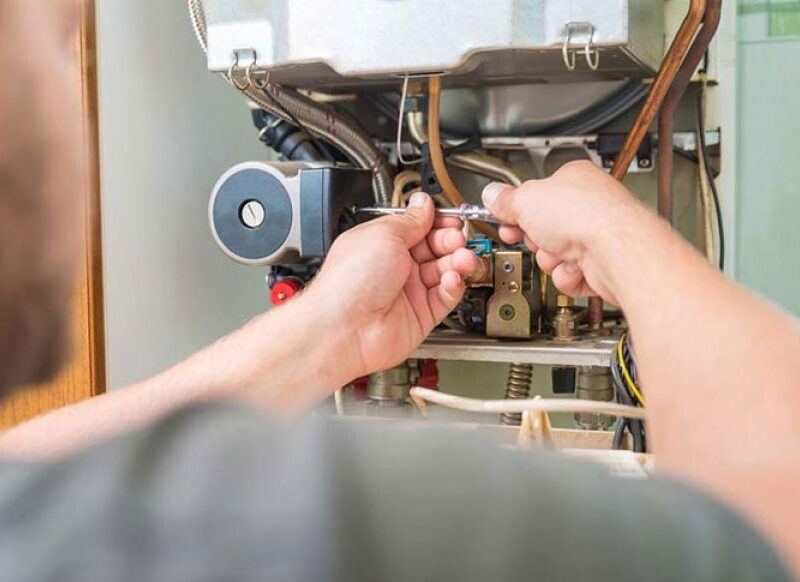In recent years, Frequenzumrichter Danfoss SEW Lenze Siemens reparieren lassen the pervasive integration of inverter technology into various appliances and devices has revolutionized our approach to energy efficiency. From air conditioners to refrigerators and beyond, the utilization of inverters has significantly transformed the landscape of power consumption and output regulation.
What is an Inverter?
At its core, an inverter serves as a vital component in converting direct current (DC) into alternating current (AC), or vice versa. This transformation is crucial, as many electronic devices and appliances operate on AC power, while renewable energy sources such as solar panels or batteries generate DC power.
The fundamental principle behind an inverter lies in its ability to regulate the frequency and voltage of electrical currents. In the context of AC-powered devices, inverters ensure a stable and precise supply of electricity, contributing to enhanced efficiency and reduced wastage.
How Does it Work?
Inverter technology employs a sophisticated mechanism involving semiconductors, transistors, and other electronic components. By swiftly switching the polarity of the current, inverters generate a consistent flow of AC power from a DC source or vice versa. This rapid switching process enables the regulation of voltage and frequency, maintaining a steady and controlled electrical output.


